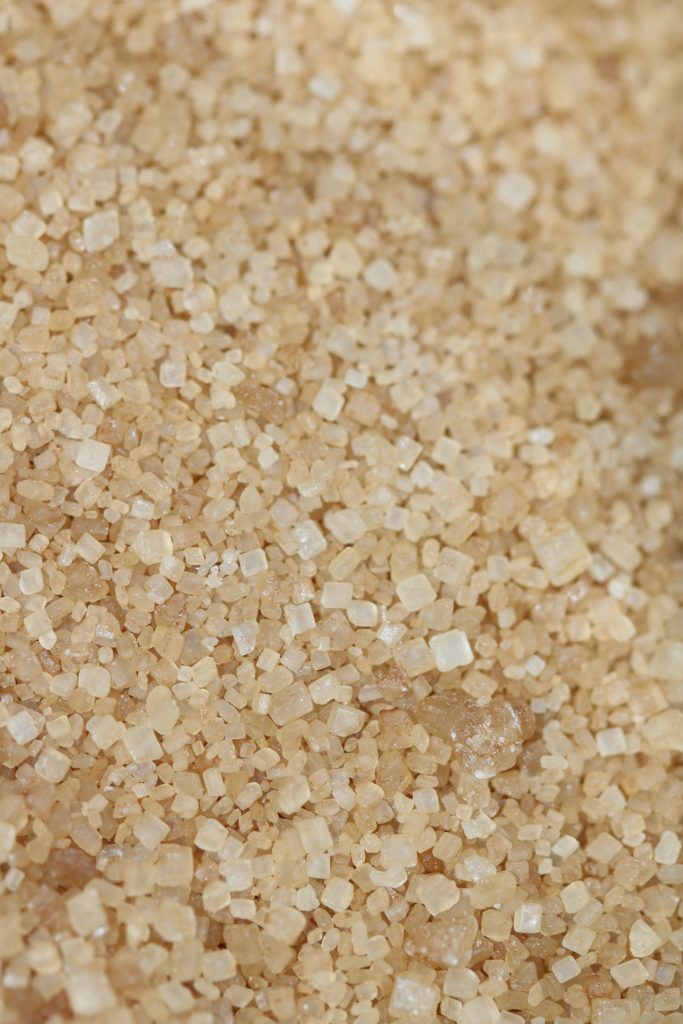This post contains affiliate links which we are compensated for if a purchase is made. Using links costs you nothing and helps to support the ongoing creation of content. Thank you for using them.
Can Lactose Be Added After Fermentation? Some brewers love to have a little taste of their brew after the primary fermentation is complete. This provides some indication of what can be expected when you eventually have that first drink from the final product. The problem is that sometimes the brew comes out too dry and maybe needs some adjustment.
A dry brew can be sweetened using lactose, a non-fermentable sugar that can not be broken down by yeast. As a result of this property it can be used as a sweetener, but can lactose be added after the brew has already been fermented?
Lactose can be added to the brew after the fermentation is complete, the reason for this is that the solubility of lactose remains relatively high, around 15% by weight at ambient temperatures. This means that lactose can be stirred into the beer, though it may take a little time to dissolve.
What Is The Easiest Way To Incorporate Lactose Into Your Brew After Fermentation?
When adding the lactose it is easiest to do this when the brew is being transferred to a secondary fermentation bucket. The two main reasons for this, the first is that it avoids the need to disturb the sediment and the second is it much easier to incorporate the lactose into the brew in the secondary fermentation vessel.
There is an old trick, used by paint chemists that will make it much quicker to incorporate the lactose into the brew which is to add the powdered lactose to the bottom of the secondary fermenter first and then add the brew progressively to the powder stirring as you go.
The process, which may seem laborious, will actually incorporate the lactose much faster into the brew because initially, a thick paste will be created. The viscosity of the pastes allows you to apply shear force when mixing to ensure that any new low viscosity liquid, added in small quantities mixes in easily and quickly.
If you do it the opposite way with the liquid added first then the lactose powder you can create “icebergs” that can float around the fermenter and take ages to break up and dissolve.
What Other Stages Can Lactose Be Added To Your Brew?
Lactose can be pretty much added at any stage during the brew, during the boil, at the end of the boil or during the fermentation stage. By far the easiest stage to add the lactose is during the boil because the Lactose will solubilize easier at higher temperatures.
However, adding the lactose after the fermentation stage has a distinct advantage over any other stage that you can taste and adjust the brew exactly to your liking.
How Much Lactose Should You Add?
As there is an opportunity to add lactose at any point during the brewing process it is best to start with a small amount because you can always add more. Most people recommend starting with 0.5-1.0 lb in a 5 gallon batch when experimenting for the first time with a new recipe.
Are There Alternatives To Lactose The Can Be Used In Beer?
For many people that consuming a beverage that contains lactose is not an option due to their inability to digest the sugar. According to Wikipedia, approximately 65% of adults suffer from Lactose intolerance, so what is the alternative?
The most common alternative to lactose, used by homebrewers is maltodextrin which provides a sweet flavour like lactose that is malty but lacks the milky characteristic of lactose. Like Lactose, maltodextrin can be added after the primary fermentation stage.
Most homebrewers tend to pre-dissolve the maltodextrin in boiling water before adding it to a brew. However, when doing this it is important to note that maltodextrin can contain up to 5% fermentable sugars so it is advisable to complete a secondary fermentation prior to bottling. Alternatively, adjust that amount of priming sugars downward to avoid over carbonation of the beer bottles.
Another option is to use artificial sweeteners, like saccharin, stevia, or sucralose. However, many of these options are associated with an unpleasant after-taste that can be bitter or obviously artificial.
However, I have found that using Erythritol or Xylitol, which are less well-known sweeteners performs the best. They are particularly suitable for hard apple ciders and lemonade. They produce a similar sweetness to sugar and can be used as a one-for-one replacement for sugar.
However, as Erythritol and Xylitol is not a common ingredient it can be difficult to find it in the local stores. It can be purchased online from Amazon. To see the latest price click the links.
